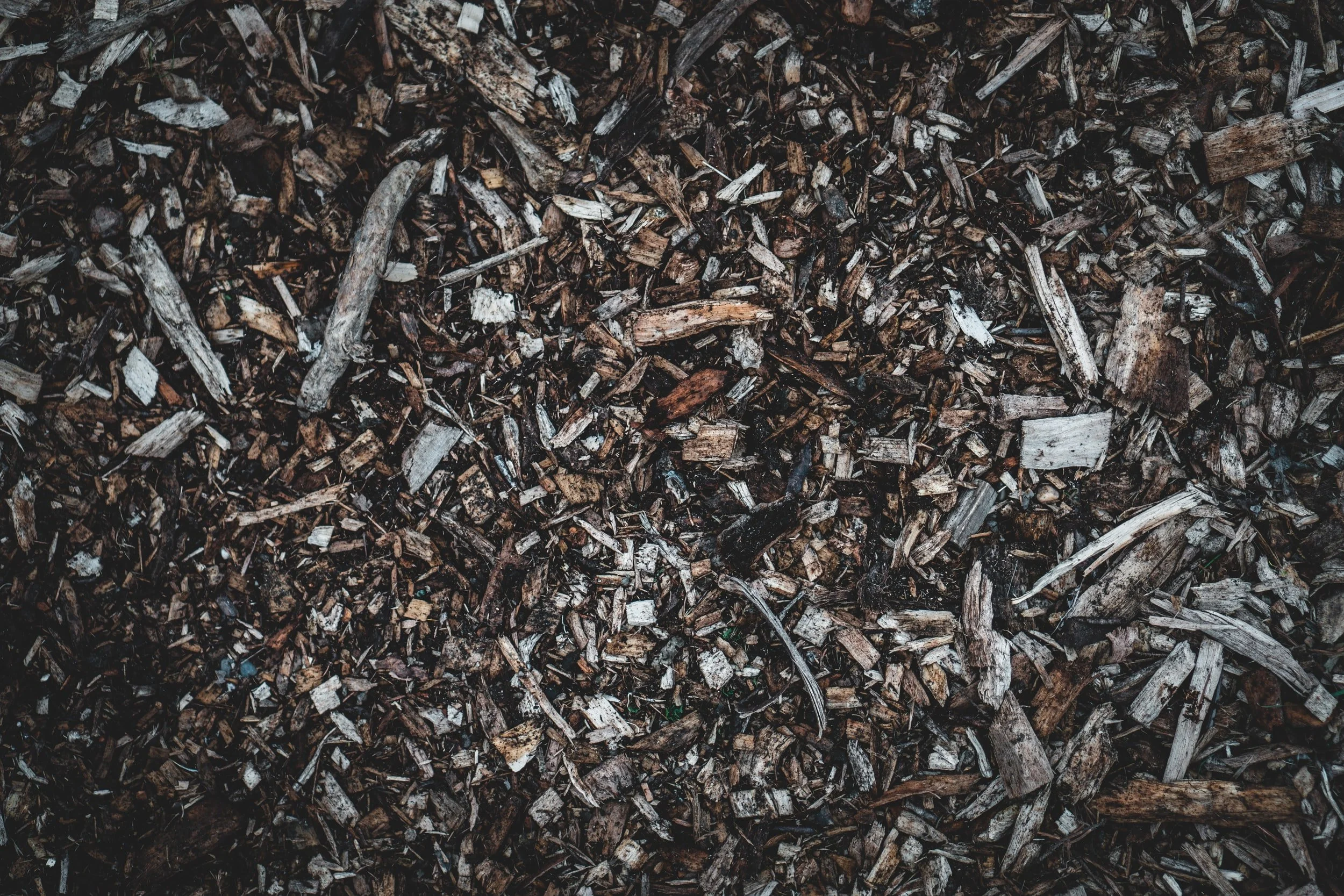Helping Your Garden Handle the Heat
Gardening here in Wilmington, NC has a unique set of challenges. Pests, humidity, hurricanes, the list goes on. But one of the most challenging aspects of growing plants is the hot summers. Many gardeners give up on summer gardening, closing up their gardens for the summer and allowing the soil to rest and get ready for the more productive fall gardening season, but there are a few strategies that you can try that may turn the summer into a productive season for you.
Shade
One of the ways you can protect your plants during the hottest summer days is to give them a break from the sun. There are a few ways to do this. One way is to plant some sun-loving plants on the south side of your garden bed, so they will provide shade to the plants planted in their shadow. This can extend the growing season longer, especially if you take plants like Lettuce and Cilantro and place them at the base of the sun-loving plants like Eggplant and Okra.
Another way to provide shade is planting under archways or using shade cloths. This will usually give the plants a break from the strong sun’s rays while still giving them enough sunshine to grow. If my tomato leaves are curling or my squash leaves are droopy in the middle of the day, I have put up a beach umbrella for a few hours to shade a smaller garden bed, anything to give them a break from the sun
Water
Keeping the soil consistently moist is a challenge in the hot summer months, but it is essential to avoiding stress to the plants. Deep, infrequent watering is better than frequent shallow watering. Remember, the roots will grow where the water is, so you want the water to penetrate deep into the soil so the roots will move further down into the soil. A good rule of thumb is to check daily (stick your finger into the soil about 3 inches, if you feel moisture at the tip of your finger, you don’t need to water) and only water if you need to. If the soil feels dry 3 inches down, water deeply, and allow the water to absorb into the soil a few times during the watering session. It’s better to spend a half hour watering twice a week than 5 minutes every day.
Mulch
Mulch is a layer that is placed on top of the soil to help keep the moisture from evaporating and keep the sun from beating on the soil. In our hot summers, mulch is a tool I recommend using. My favorite mulch is pine straw, because it’s cheap and easy to access, but hardwood mulch and seed-free hay are also good options. I don’t recommend plastic or rubber mulches, as they can leech chemicals into the soil and don’t increase the soil fertility as they break down. A layer of mulch 2-3 inches thick should be enough to provide the protection you are looking for.
Plant Selection
Choosing plants that like hot weather is another technique that will help you have better success through the summer months. Plants from tropical climates like Peppers, Okra, Eggplant, and some Herbs are more likely to thrive in the hottest of weather. There are also certain varieties of other plants that have been grown specifically to grow in hotter weather, read the descriptions in seed catalogs or on plant tags carefully and you might find some varieties that will grow better than you expect. I have found anything that has been shown to grow well in Florida or Georgia usually survives our summers. Armenian Cucumbers, Seminole Squash, or anything from Thailand have grown well for me here.
Summer gardening can be a challenge here in Wilmington, NC, but with some intentional plant selection and strategic shade and watering techniques, it’s possible to have a thriving garden, even in the hottest of months.
If you’re looking for help getting your garden set up and thriving year-round, book a consult today with a gardening coach to get a personalized plan for your space.



